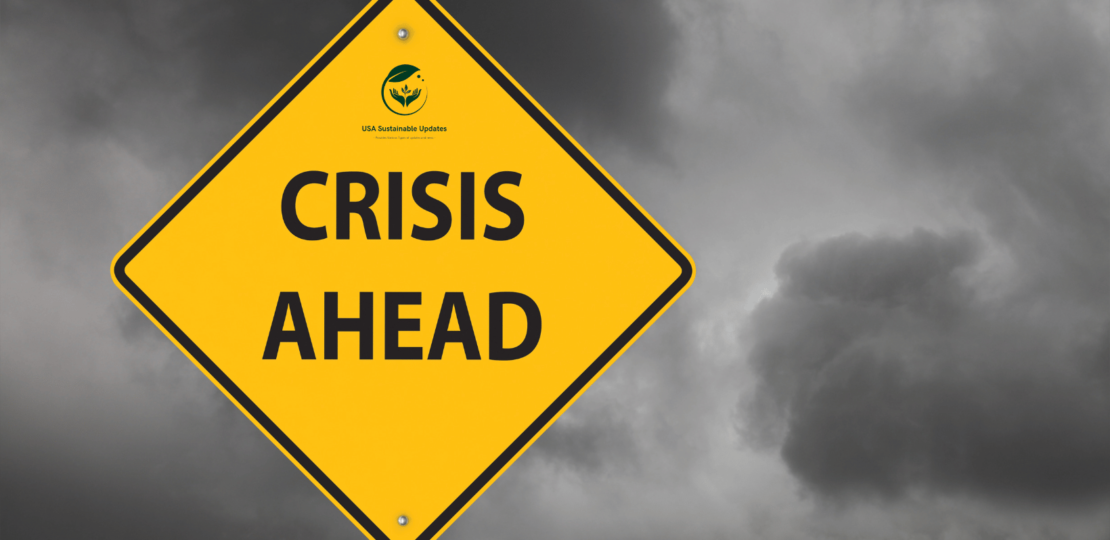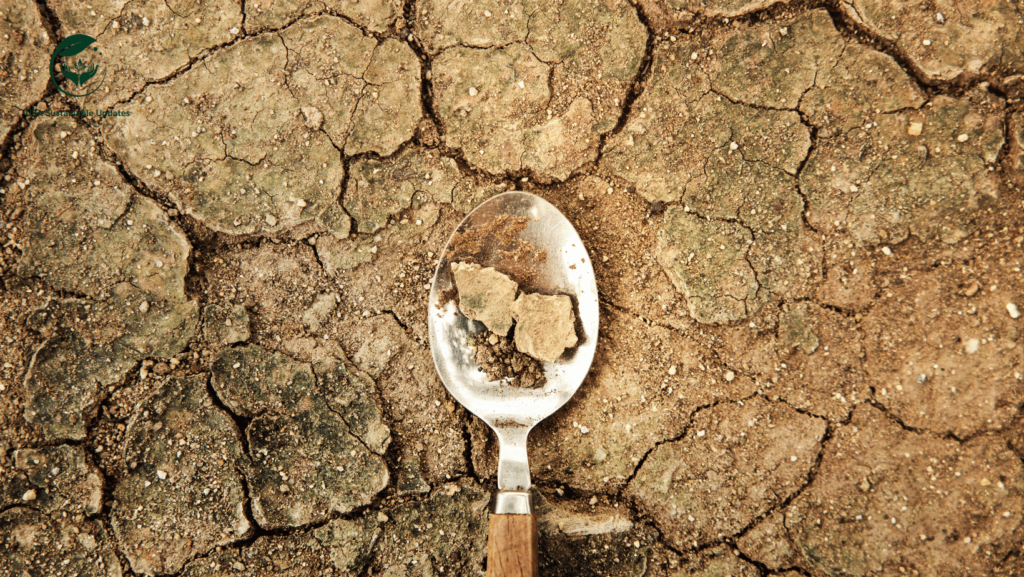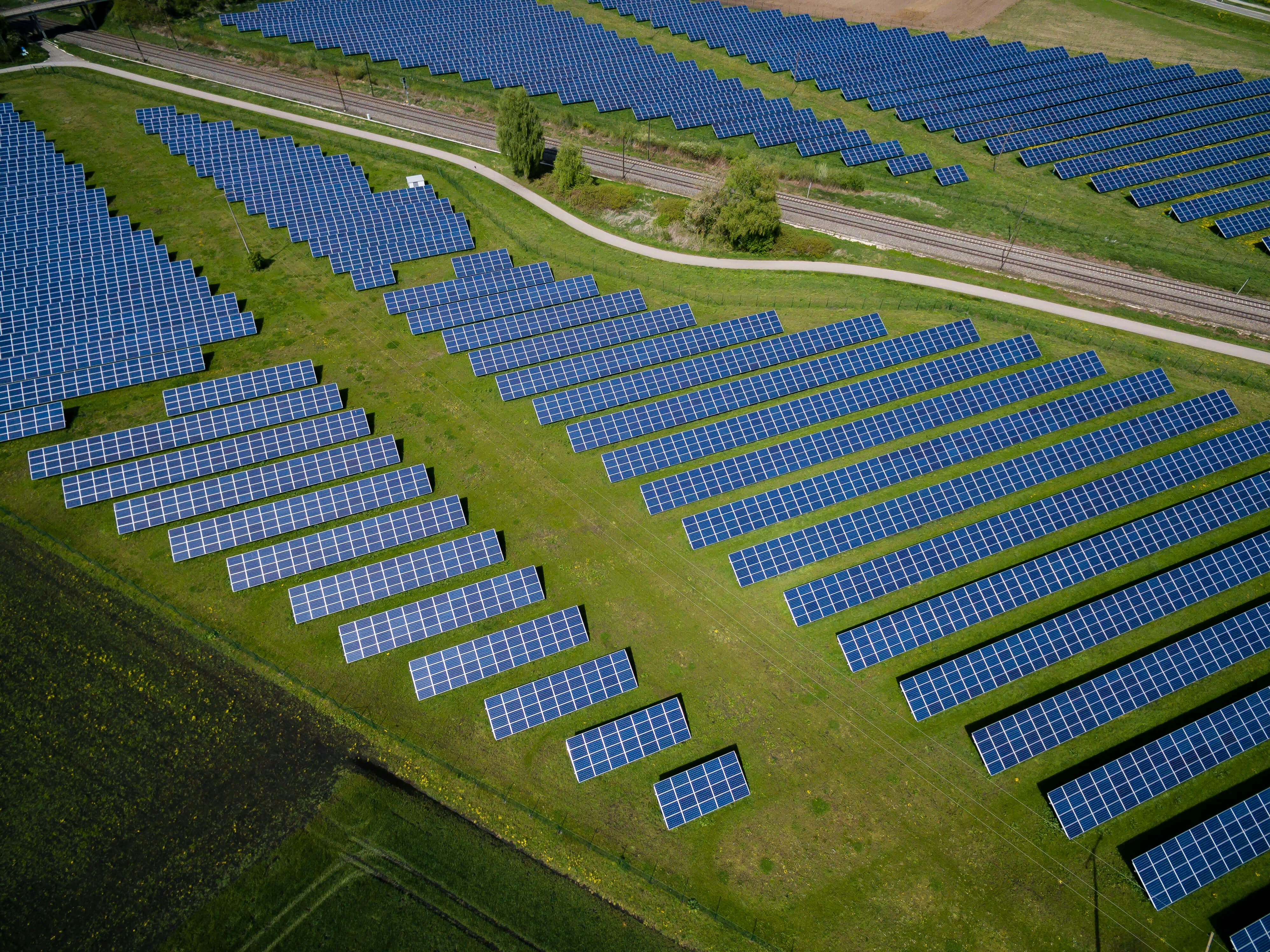What is the Environmental Crisis? A Comprehensive Overview
July 25, 2023 | by usasustainableupdates.com

Discover the intricacies of the environmental crisis in this comprehensive article. Learn about its causes, effects, and solutions while gaining insights from a subject matter expert. What is the environmental crisis? Find out now!
Introduction:
The environmental crisis is an urgent and pressing issue that affects the entire planet. It encompasses a wide range of environmental challenges that threaten the delicate balance of Earth’s ecosystems. From climate change to biodiversity loss, understanding the gravity of the environmental crisis is crucial to finding sustainable solutions. This article aims to delve deep into the various aspects of the environmental crisis, shedding light on its causes, impacts, and potential remedies.
What is the Environmental Crisis?
The environmental crisis refers to a series of interrelated problems that endanger the natural world and its inhabitants. It involves both human-made and natural factors that contribute to the deterioration of the environment. This crisis has far-reaching consequences on ecosystems, wildlife, and human societies. Addressing the environmental crisis requires collective action and a global commitment to protect and preserve the planet for future generations.

The Key Factors Driving the Environmental Crisis
1. Deforestation: A Looming Threat
Deforestation involves the widespread removal of trees and forests, leading to habitat loss, soil erosion, and increased carbon dioxide levels. The impact on wildlife and indigenous communities is severe, making deforestation one of the major contributors to the environmental crisis. As trees are felled to make way for agriculture, urban development, and logging, vast swaths of forests disappear, leading to a cascade of ecological imbalances. Not only does deforestation contribute to climate change by releasing stored carbon into the atmosphere, but it also disrupts the natural habitats of countless species, pushing them towards extinction.
2. Climate Change: The Global Challenge
The rising concentration of greenhouse gases, such as carbon dioxide and methane, in the atmosphere has led to global warming and erratic weather patterns. The consequences of climate change are far-reaching, impacting weather events, sea levels, and the overall health of the planet. The burning of fossil fuels for energy, industrial processes, and transportation releases vast amounts of carbon dioxide, a greenhouse gas that traps heat in the atmosphere. This trapped heat disrupts the planet’s climate system, leading to rising temperatures, melting ice caps, and extreme weather events. From more intense hurricanes to prolonged droughts, the effects of climate change are evident worldwide.
3. Pollution: Poisoning Our Planet
Various forms of pollution, including air, water, and soil pollution, have detrimental effects on ecosystems and human health. Industrial activities, urbanization, and improper waste disposal contribute to the contamination of the environment with harmful substances. Air pollution, primarily from emissions of vehicles and factories, leads to respiratory problems and cardiovascular diseases in humans, while also harming wildlife and contributing to climate change. Water pollution, caused by agricultural runoff, industrial discharges, and improper waste disposal, leads to the degradation of aquatic ecosystems and the poisoning of drinking water sources. Soil pollution affects the fertility of land, impacting agricultural productivity and posing risks to food security.

4. Loss of Biodiversity: A Silent Crisis
The rapid loss of biodiversity threatens the delicate web of life on Earth. Habitat destruction, overexploitation, and invasive species are among the leading causes of this silent crisis. As human activities encroach upon natural habitats, many plant and animal species struggle to survive. This loss of biodiversity has a profound impact on ecosystems, affecting their resilience and functionality. Biodiversity is crucial for maintaining ecosystem services such as pollination, water purification, and carbon sequestration. Moreover, biodiversity loss can disrupt natural processes that are essential for human well-being, such as nutrient cycling and disease regulation.
5. Resource Depletion: Unsustainable Consumption
The excessive use of natural resources without allowing them time to replenish leads to resource depletion. As the global population grows and consumption patterns change, the demand for resources such as water, minerals, and fossil fuels increases exponentially. Unsustainable extraction of these resources not only depletes them but also contributes to environmental degradation. For instance, mining activities often result in habitat destruction, water pollution, and soil degradation. Moreover, the depletion of finite resources like oil and natural gas poses significant challenges for future generations in meeting their energy needs.

The Far-Reaching Consequences of the Environmental Crisis
6. Threats to Wildlife: Endangered Species
As habitats diminish and ecosystems falter, countless animal and plant species face extinction. The loss of habitat due to deforestation, urbanization, and other human activities leaves many species with limited options for survival. Additionally, the effects of climate change, such as rising temperatures and changing precipitation patterns, force many species to adapt or face extinction. The decline of key species in ecosystems can have cascading effects, disrupting food chains and leading to further imbalances.
7. Rising Sea Levels: Coastal Vulnerabilities
Global warming contributes to the melting of polar ice caps and glaciers, leading to rising sea levels. As a result, many low-lying coastal areas are at risk of flooding and increased vulnerability to storm surges. The consequences of rising sea levels are particularly dire for densely populated coastal cities and small island nations. Coastal erosion and loss of land can displace millions of people, leading to climate-induced migration and socio-economic challenges.
8. Extreme Weather Events: Unpredictable Nature
The intensification of climate change has led to an increase in extreme weather events, including hurricanes, droughts, floods, and heatwaves. These events have devastating impacts on communities, infrastructures, and economies. Extreme weather events can lead to loss of life, destruction of property, disruption of essential services, and long-term recovery challenges. Preparedness and resilience-building are critical to mitigating the effects of such events.
9. Health Impacts: Human Well-being at Risk
The environmental crisis adversely affects human health, causing respiratory problems, waterborne diseases, and mental health issues. Air pollution, particularly in urban areas, is linked to respiratory conditions such as asthma and chronic obstructive pulmonary disease (COPD). Contaminated water sources expose communities to waterborne diseases like cholera and dysentery. Additionally, the psychological stress induced by climate-related disasters and uncertainties can lead to mental health issues such as anxiety and depression.
10. Economic Ramifications: The Cost of Inaction
The environmental crisis poses significant economic challenges, affecting industries, livelihoods, and global markets. Natural disasters and extreme weather events can result in substantial economic losses due to damage to property and infrastructure, disruptions in supply chains, and decreased agricultural productivity. Furthermore, the cost of healthcare and addressing environmental health issues can place a strain on healthcare systems and public budgets. On the other hand, investing in sustainable practices and green technologies can create new economic opportunities and foster job growth in sectors such as renewable energy and conservation.

Addressing the Environmental Crisis: Strategies and Solutions
11. Renewable Energy: Harnessing Nature’s Power
Transitioning from fossil fuels to renewable energy sources, such as solar, wind, and hydropower, can significantly reduce carbon emissions and combat climate change. Renewable energy technologies offer clean and sustainable alternatives to conventional energy sources, with the added benefit of reducing air pollution and promoting energy independence. Governments, businesses, and individuals can play a pivotal role in supporting the widespread adoption of renewable energy through policy incentives, investment, and awareness campaigns.
12. Reforestation and Afforestation: Restoring Balance
Planting trees and restoring forests helps sequester carbon, enhances biodiversity, and mitigates the effects of deforestation. Reforestation involves replanting trees in areas that were once forested but have been cleared, while afforestation involves planting trees in areas where there were no forests before. Both approaches contribute to carbon sequestration, where trees absorb carbon dioxide from the atmosphere and store it as biomass. In addition to combating climate change, reforestation and afforestation efforts create vital habitats for wildlife and contribute to soil conservation.
13. Sustainable Agriculture: Feeding the World Responsibly
Promoting sustainable farming practices, such as organic agriculture and regenerative farming, reduces the environmental impact of food production. Sustainable agriculture prioritizes soil health, biodiversity, and resource efficiency while minimizing the use of harmful chemicals and reducing greenhouse gas emissions. Practices such as crop rotation, agroforestry, and integrated pest management foster resilient and productive agricultural systems that can adapt to changing environmental conditions.
14. Waste Management: Reduce, Reuse, Recycle
Effective waste management and promoting the circular economy can reduce pollution and minimize the strain on natural resources. The linear model of “take, make, dispose” is unsustainable, as it leads to excessive waste generation and contributes to pollution. Adopting the principles of reducing waste, reusing materials, and recycling helps conserve resources and reduce the environmental burden of waste disposal. Governments, businesses, and individuals must work together to improve waste management systems and implement responsible waste disposal practices.
15. Conservation Efforts: Protecting Wildlife and Habitats
Establishing and expanding protected areas and wildlife reserves are essential in preserving biodiversity and safeguarding endangered species. Conservation efforts aim to protect critical habitats and restore ecosystems that have been degraded. By safeguarding natural areas, conservationists help maintain genetic diversity within species and create safe spaces for wildlife to thrive. Collaborative initiatives between governments, conservation organizations, and local communities are essential in ensuring the success of conservation efforts.
Frequently Asked Questions (FAQs):
- What are the main drivers of the environmental crisis?
- The main drivers include deforestation, climate change, pollution, loss of biodiversity, and resource depletion. These factors interact and amplify one another, exacerbating the environmental crisis.
- How does climate change impact the environment?
- Climate change leads to rising temperatures, extreme weather events, sea-level rise, and disruptions in ecosystems. These changes threaten the survival of various species and disrupt the delicate balance of nature.
- What are the consequences of biodiversity loss?
- Biodiversity loss affects ecosystems, wildlife populations, and can disrupt natural processes crucial for human survival. It can lead to reduced resilience to environmental changes and impact the availability of resources necessary for human well-being.
- How can individuals contribute to solving the environmental crisis?
- Individuals can contribute by adopting sustainable practices, reducing waste, supporting renewable energy, and advocating for conservation efforts. Personal choices, such as reducing meat consumption and using public transportation, can collectively make a significant positive impact on the environment.
- Why is the environmental crisis considered a global challenge?
- The environmental crisis affects all countries and requires international cooperation to find comprehensive solutions. Environmental issues do not respect national borders, and their impacts have far-reaching consequences that necessitate collaborative efforts from the global community.
- How does the environmental crisis relate to public health?
- Environmental issues can lead to health problems such as respiratory diseases, water contamination, and mental health issues. Poor air quality, polluted water sources, and exposure to hazardous substances can pose significant health risks to communities and individuals.
Conclusion:
The environmental crisis demands immediate action and a unified effort from governments, organizations, and individuals worldwide. By understanding the root causes and consequences of this crisis, we can implement effective strategies to safeguard the planet for future generations. Through renewable energy, conservation efforts, and sustainable practices, we can work together to create a greener and more sustainable world.
for more information you can visit our Blog, Thanks for reading.

RELATED POSTS
View all



